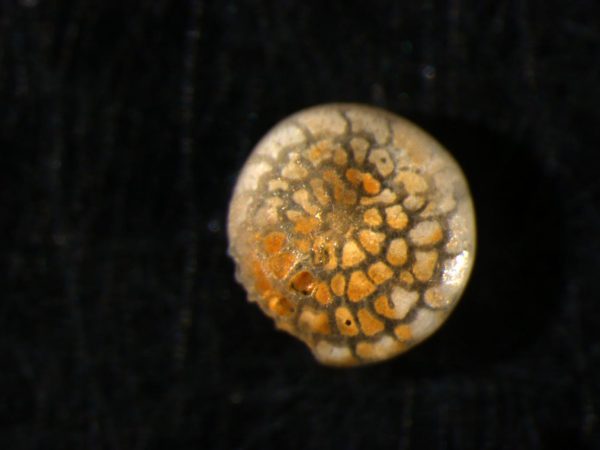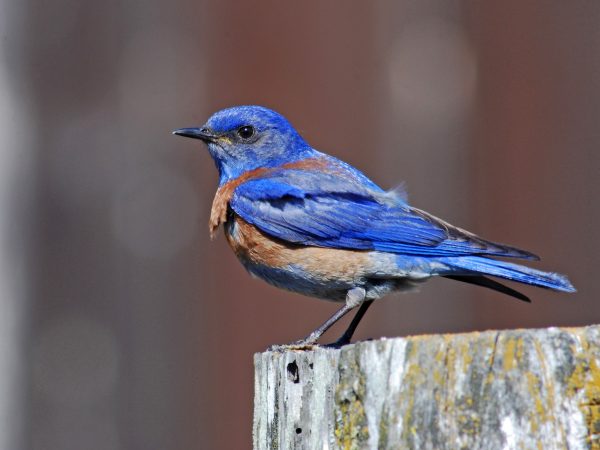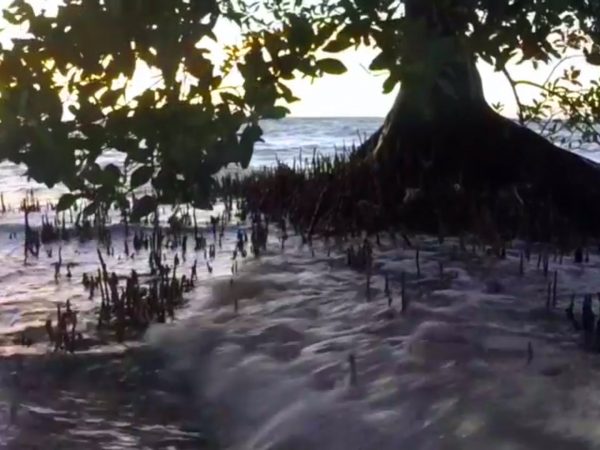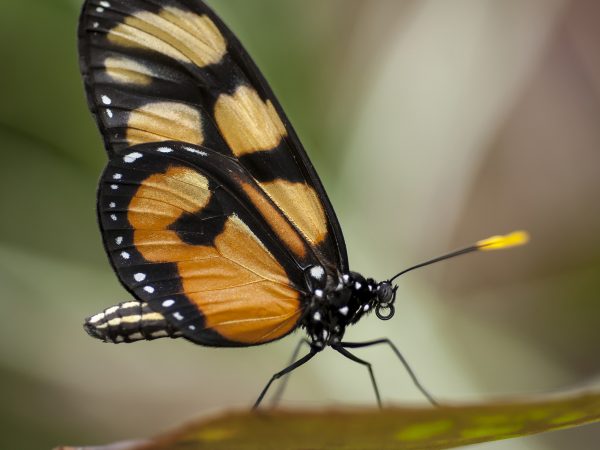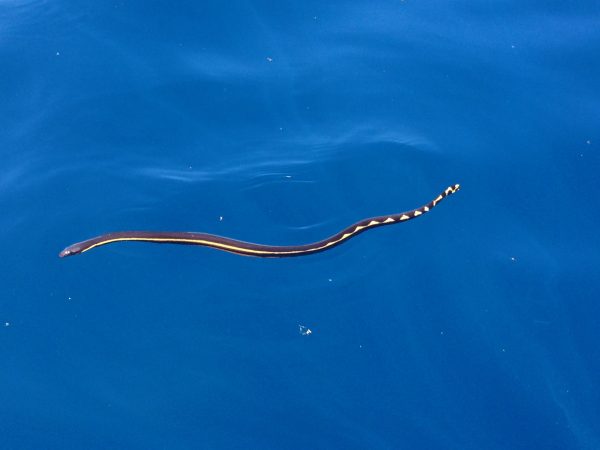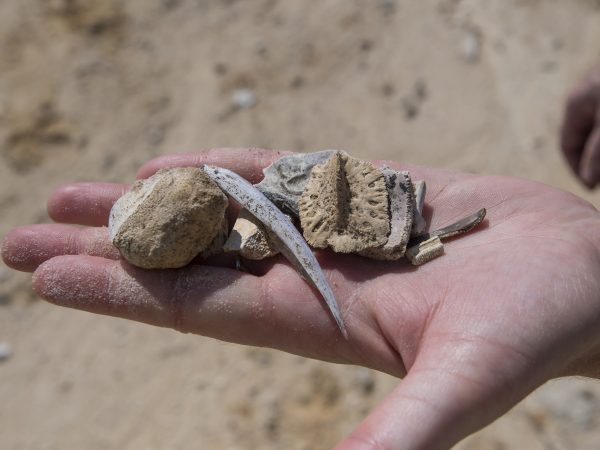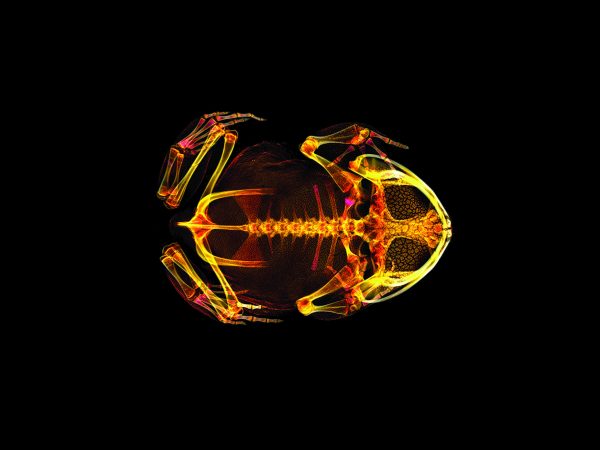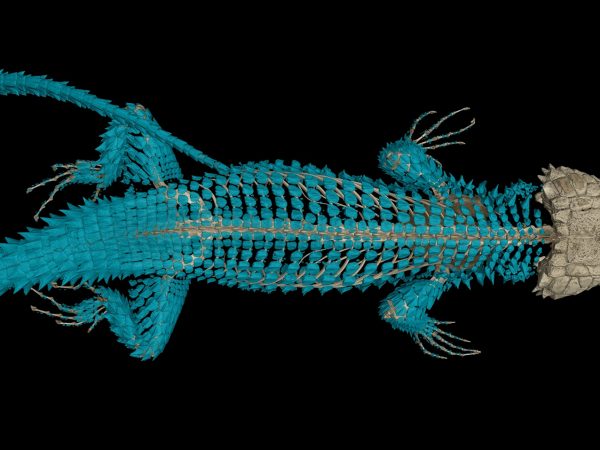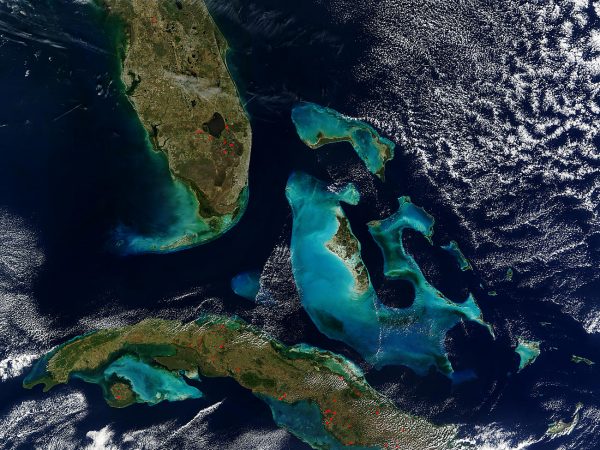Evolution of China’s flowering plants shows East-West divide between lineages
An international team of scientists has mapped the evolutionary relationships between China’s 30,000 flowering plant species, uncovering a distinct regional…
Read More
New Eocene fossil data suggest climate models may underestimate future polar warming
A new international analysis of marine fossils shows that warming of the polar oceans during the Eocene, a greenhouse period…
Read More
Noise pollution causes chronic stress in birds, with health consequences for young
Birds exposed to the persistent noise of natural gas compressors show symptoms remarkably similar to those in humans suffering from…
Read More
Far from family: Red mangroves on Cape Canaveral related to Gulf species
Richard Hodel, a biology doctoral student in the Laboratory of Molecular Systematics & Evolutionary Genetics, explains how a recent Nature Scientific…
Read More
Night-flyers or day-trippers? Study sheds light on when moths, butterflies are active
Butterflies fly during the day while moths travel at night – or so you might think. In reality, their behavior…
Read More
Why are there no sea snakes in the Atlantic?
Sea snakes are an evolutionary success story. With about 70 species, they’re the most diverse reptile group in the ocean,…
Read More
Calling aspiring fossil hunters: Levy County excavation opens to volunteers Oct. 5
Volunteers can channel their inner paleontologist by digging alongside museum scientists at the Florida Museum of Natural History’s Montbrook fossil…
Read More
New project allows web users to explore 3-D vertebrate specimens from inside out
A $2.5 million National Science Foundation grant will launch a new initiative to “teleport” specimens from museum shelves to the…
Read More
Ocean channel in Bahamas marks genetic divide in Brazilian free-tailed bats
Brazilian free-tailed bats are expert flyers, capable of migrating hundreds of miles and regularly traveling more than 30 miles a…
Read More

